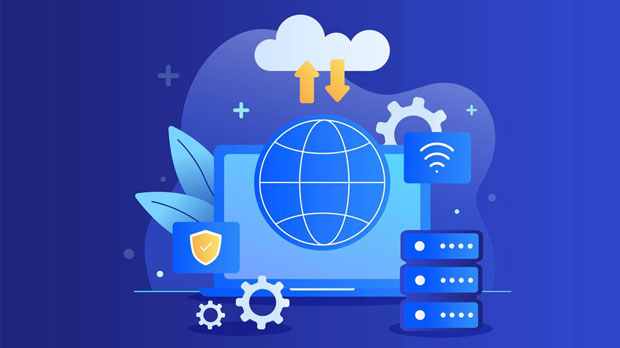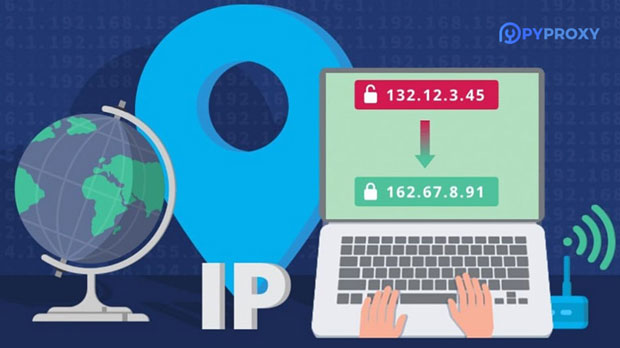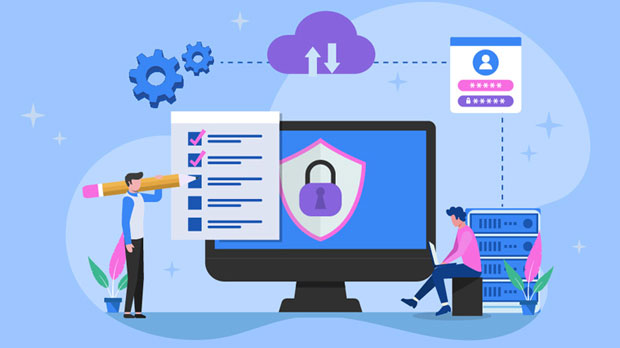Hide My Ass (HMA) socks5 proxy service is often sought after by users who wish to maintain their anonymity online, access restricted content, or enhance their browsing experience. This article will address common questions regarding HMA's SOCKS5 proxy, including its features, benefits, and troubleshooting tips, alongside providing detailed pricing insights to help users make informed decisions. Whether you're a casual internet user or a professional requiring secure, anonymous access, this guide will provide valuable information on how to get the most out of HMA's SOCKS5 proxy service. 1. Understanding Hide My Ass SOCKS5 ProxySOCKS5 is one of the most commonly used proxy protocols that operates by routing internet traffic through a proxy server, thus masking the user's IP address. Hide My Ass provides socks5 proxy servers that help maintain online anonymity, secure connections, and access to restricted content by routing your data through servers in different locations.What is SOCKS5?SOCKS5 stands for "Socket Secure version 5," a protocol that supports a wide variety of applications, including web browsing, email, and file transfers. sock s5 proxies are often preferred over others because they offer high security, faster speeds, and broader application compatibility. By using a SOCKS5 proxy, users can connect to the internet via a secure tunnel that hides their real IP address and bypasses geographical restrictions.Benefits of HMA’s SOCKS5 Proxy- Anonymity: Your real IP address is hidden, making it difficult for websites and trackers to monitor your online activity.- Access Restricted Content: With HMA SOCKS5, you can bypass regional restrictions and access content unavailable in certain locations.- Enhanced Security: Data sent through a SOCKS5 proxy is encrypted, adding a layer of protection against potential cyber threats.- Improved Speed: SOCKS5 is known for its minimal impact on internet speeds compared to other proxy types, making it ideal for users seeking fast, secure browsing.2. Common Issues with HMA SOCKS5 ProxyDespite the advantages of using a SOCKS5 proxy, users may encounter a few common issues. Here are some potential problems and troubleshooting tips to ensure smooth operation.Issue 1: Slow SpeedsOne of the most common issues users face with any proxy service is slow speeds. While SOCKS5 is generally known for its speed, several factors can cause slow performance:- Server Location: Choosing a server far from your location can lead to slower speeds due to increased latency.- Network Congestion: Overloading a server with too many users can result in slower speeds for everyone. Solution: To improve speed, try selecting a server closer to your location or choose a less crowded server from the available options. Additionally, using a wired connection can reduce speed issues caused by wireless interference.Issue 2: Connection FailuresSometimes, users may experience trouble connecting to HMA’s SOCKS5 proxy servers. This could be caused by incorrect configuration, network problems, or server-side issues.Solution: Double-check your proxy settings to ensure that your username, password, and server address are correctly entered. If the issue persists, restart your device or contact HMA support for further assistance.Issue 3: Incompatibility with Certain ApplicationsCertain software applications or websites might not work well with a SOCKS5 proxy, particularly those that rely on strict geolocation settings or specific protocols.Solution: Test whether the application works with other proxy services to determine if the issue is related to SOCKS5 itself. You might also want to contact customer support to see if there are any specific configuration settings needed for the application you're using.3. Pricing of Hide My Ass SOCKS5 Proxy ServicePricing is an essential factor for many users when deciding which proxy service to choose. HMA offers flexible pricing plans to cater to different needs, with options for both casual users and businesses requiring higher levels of security.Pricing Plans and OptionsHMA provides several subscription plans, including monthly, quarterly, and yearly options. The longer the subscription period, the more cost-effective the pricing becomes. HMA’s pricing structure is designed to accommodate various budgets, from basic individual users to corporate clients requiring additional features and security.- Monthly Plan: Ideal for short-term use, this plan is typically more expensive than long-term options but provides flexibility for users who need temporary access.- Quarterly Plan: A good middle-ground, offering a balance of cost and commitment.- Yearly Plan: The most cost-effective option, with a significant discount for long-term users. This plan is ideal for individuals or businesses that require continuous, uninterrupted access to the proxy service.Additional CostsWhile the primary subscription fee covers access to the SOCKS5 proxy service, there may be additional costs for advanced features or add-ons. Some features may include dedicated IP addresses or specialized support services for business clients.4. Choosing the Right Plan for Your NeedsSelecting the best Hide My Ass SOCKS5 proxy plan depends on your specific use case. Below is a guide to help you choose the right option.Casual UsersIf you're a casual user looking to improve your privacy and bypass geo-restrictions while streaming or browsing, the monthly or quarterly plans are suitable. These options provide flexibility without a long-term commitment, ideal for short-term projects or travel.Frequent UsersFor users who require continuous access, such as those who work remotely or run an online business, the yearly plan is the best choice. It offers substantial savings and uninterrupted service throughout the year.Business UsersIf you're managing a business with multiple employees or require additional security, consider opting for a corporate plan or the dedicated IP option. This provides better performance, enhanced security, and support tailored to your specific business needs.5. Final Thoughts on Hide My Ass SOCKS5 ProxyHide My Ass SOCKS5 proxy offers a reliable solution for those seeking enhanced privacy, security, and access to restricted content. While there are some common issues that may arise, most can be easily resolved with proper configuration and troubleshooting. The pricing plans offer flexibility for different user needs, with significant savings for long-term subscriptions.For anyone considering using HMA’s SOCKS5 proxy, understanding the common issues, troubleshooting steps, and pricing options will ensure you make the most informed choice. Whether you need a simple solution for personal use or a more robust setup for your business, HMA’s SOCKS5 proxy can be a valuable tool for online security and privacy.
Jul 25, 2025



































































